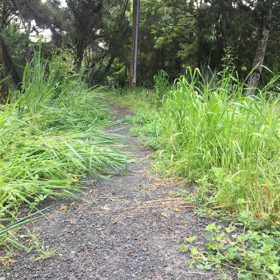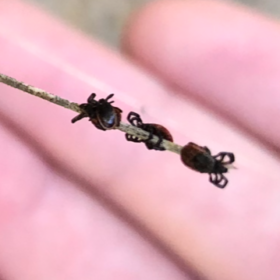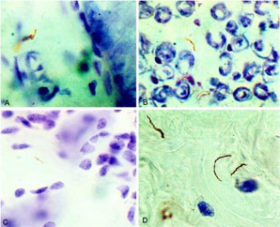FOR IMMEDIATE RELEASE
Media Contact:
Tara DiMilia, 908-947-0500, tara.dimilia@TMstrat.com
First West Coast CME Program on Tick-borne Disease Provides New Data, Insights from Researchers
Stanford University School of Medicine and Massachusetts General Hospital host clinical and research forum funded by Bay Area Lyme Foundation
Silicon Valley, CA, September 3, 2019—Bay Area Lyme Foundation, a leading sponsor of Lyme disease research in the U.S., today highlights the first tick-borne disease CME program on the West Coast, Emerging Research, Diagnosis and Treatment of Lyme Disease and Tick-Borne Illness. The conference was hosted by two major academic institutions representing the East and West Coasts of the U.S., Stanford University School of Medicine and Massachusetts General Hospital, and included presentations related to the magnitude of tick-borne disease in California, emerging diagnostic technologies, potential future treatment options, and epidemiological statistics enabled by Lyme disease biobanks.
“There is a lack of understanding about the variety and severity of tick-borne illnesses such as Lyme disease on the west coast” said Charles Chiu, MD, PhD, professor of laboratory medicine and infectious diseases at UCSF, associate director of the UCSF Clinical Microbiology Laboratory, and Bay Area Lyme Foundation Scientific Advisory Board member. “This was a great opportunity to share the latest findings and ongoing research on the topic, so that physicians and other medical professionals can more quickly and accurately diagnose and treat their patients.”






 The following is a guest post by one of our esteemed Advisory Board members,
The following is a guest post by one of our esteemed Advisory Board members,  The following is a post from a guest author,
The following is a post from a guest author,